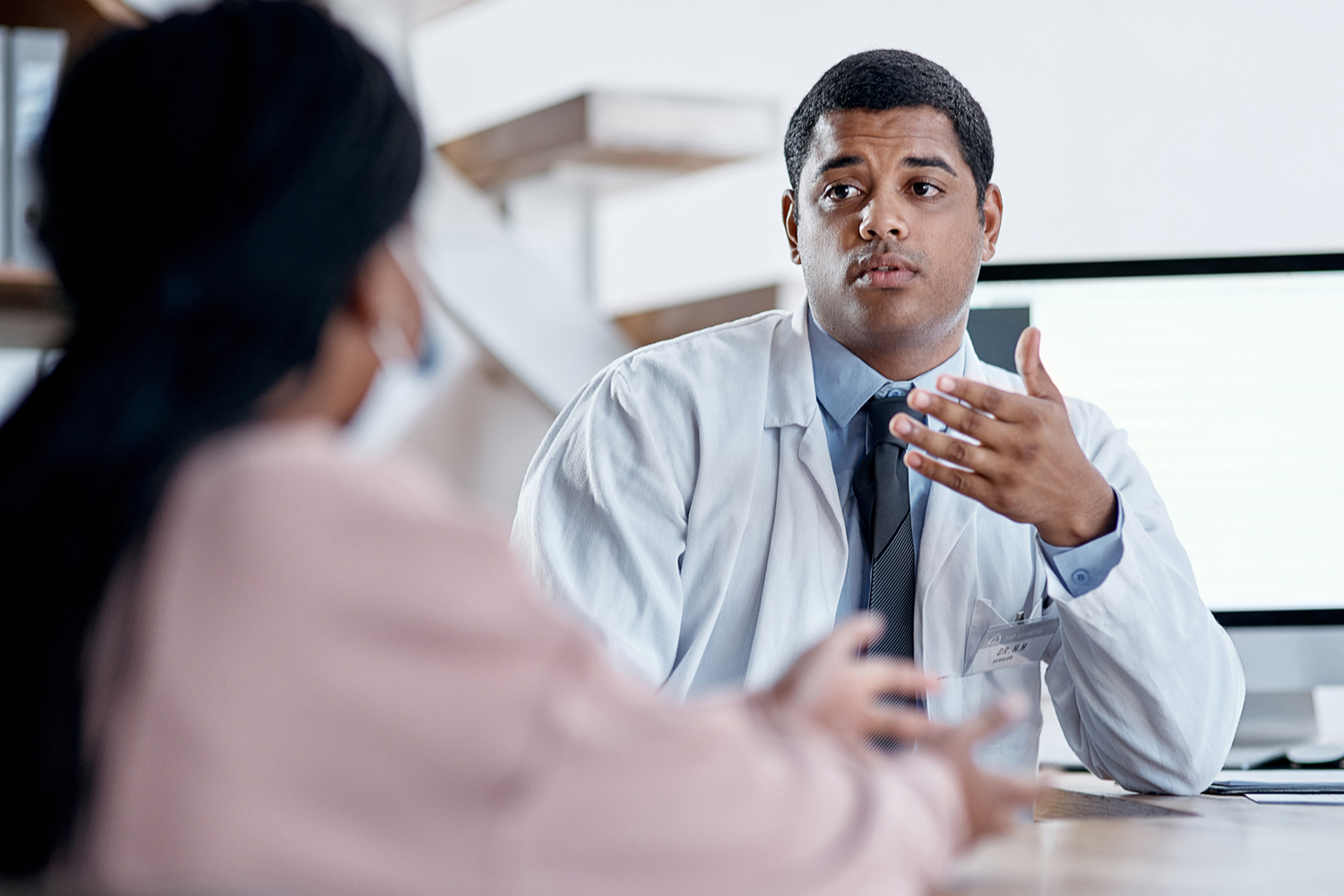THE LIST OF HEALTH CARE PROFESSIONALS Ashley Kate Hagen regularly sees is long and growing as the 28-year-old continues to deal with the effects of cancer treatment she received when she was a toddler. Diagnosed with acute myeloid leukemia (AML) in 1998 when she was 2 years old, Hagen had several rounds of chemotherapy, total body radiation and a bone marrow transplant over the course of about 14 months.
She continued to deal with late effects throughout her life. Because of damage to her pituitary gland, Hagen had to receive growth hormone shots six days a week for a few years in elementary school to ensure she would keep growing. She saw a neuropsychologist to monitor for developmental delays. She’s had hip, knee and joint pain, likely related to the chemotherapy she received, and she developed cataracts, which were caused by the corticosteroids needed to prepare her body for the bone marrow transplant. She has high blood pressure and high cholesterol, and she experiences anxiety.
But most devastating to Hagen: At 24, she stopped menstruating and went into menopause. “That was a very, very dark time in my life. The depression and anxiety hit very hard. … You feel very alone. None of your friends are experiencing this,” says Hagen, who is a nurse at an infusion center in Birmingham, Alabama. To this day, she feels she is better able to relate to her older patients at work than to patients who are her peers.
These health challenges are representative of the experiences of the estimated 500,000 childhood cancer survivors in the U.S. A research review published Sept. 26, 2023, in JAMA notes that approximately 95% of people who are diagnosed with cancer through age 19 will develop a significant health problem—such as an endocrine disorder, a secondary cancer or cardiovascular disease—related to their childhood cancer diagnosis or treatment by the time they reach age 45.
To provide follow-up guidance to health care providers, the Children’s Oncology Group publishes guidelines to manage childhood cancer survivors, broken down by cancer type, treatments and potential late effects. These guidelines are regularly updated and include measures to detect a secondary cancer and other health issues. For instance, the Children’s Oncology Group recommends girls who are treated with chest radiation or whole-body radiation receive annual mammograms and breast MRIs starting when they’re 25 or eight years after radiation, whichever comes later, the study notes.
The good news is “childhood cancer used to be universally fatal and no longer is,” says Wendy Landier, a study author and a pediatric nurse practitioner and researcher who is deputy director of the Institute for Cancer Outcomes and Survivorship at the University of Alabama at Birmingham Heersink School of Medicine. In fact, 85% of those diagnosed with cancer through age 19 survive five years or more—up from 58% in the mid-1970s.
However, adults who were treated for childhood cancer must “become advocates for themselves,” Landier says, which means survivors need to know about their previous cancer treatments and potential late effects. This can be challenging if they don’t have their medical records and parents or guardians who oversaw their care don’t remember or are no longer living to share these details, she says.
Many late effects can be detected and managed if they are found early, says Emily Tonorezos, a study author and a physician and director of the Office of Cancer Survivorship at the National Cancer Institute, who stresses the role of partnering with primary care physicians to deliver risk-based care.
Erin Cummings, who was diagnosed with Hodgkin lymphoma in 1972 at age 15, says she has lost count of the number of screenings and medical procedures she’s had. After receiving radiation and chemotherapy for her lymphoma more than five decades ago, Cummings, now 66, has been treated for thyroid and skin cancer; had a preventive bilateral mastectomy due to her increased risk of breast cancer; had open-heart surgery to replace her aortic valve; and underwent a lung resection after the discovery of lung disease and suspicious nodules on her lungs.
Cummings, who lives on Martha’s Vineyard in Massachusetts, goes to an adult survivorship clinic at Dana-Farber Cancer Institute in Boston, where her medical team monitors her health status very carefully, she says. Cummings, a retired social worker, also co-founded Hodgkin’s International, a nonprofit to support patients and survivors, in 2016. An advocate for herself and others, she urges childhood cancer survivors to take charge of their care and notes that many primary care doctors may not be aware of the risks that survivors face because of their earlier cancer diagnosis and treatment.
“Trust yourself. You know yourself better than anyone. If you see something, say something, and don’t take ‘no’ for an answer,” Cummings says.
Cancer Today magazine is free to cancer patients, survivors and caregivers who live in the U.S. Subscribe here to receive four issues per year.





